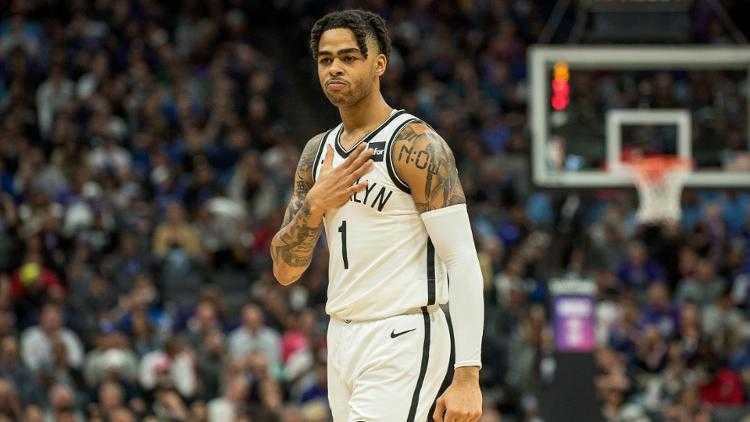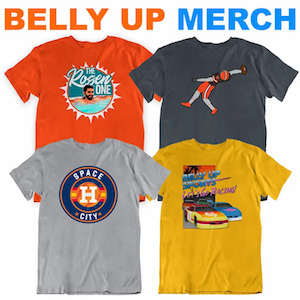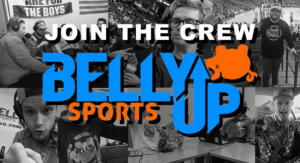The NBA today is a juggernaut. Even as viewership has been on the decline over the past few years, revenues continue to climb. There was a point in time, however, where the NBA was struggling: the 1970’s. In the 1980’s things changed. This is how a Bird saved the NBA with Magic.
A Little Background
The NBA of the 1970’s was a very different game. For starters, the Nuggets, Pacers, Nets, and Spurs were not in the NBA during the early 1970’s. They competed in the newly founded ABA, which remained it’s own league until a merger in 1976. After this merger, the NBA borrowed a concept from the ABA: a three-point line. The dominant team coming into 1970 was the Boston Celtics, who won 11 of the prior 13 championships. Even with these factors, the NBA’s struggles came from other places.

Why the NBA Needed a Change
The 1970’s were the NBA’s lowest point. Of the top ten basketball games in terms of viewership, the NBA appears once, at number nine. This was the 1974 NBA Finals, which featured the Boston Celtics and the Milwaukee Bucks. At the eighth spot was the 1979 NCAA semifinals. While the NCAA was great, that is not the only reason it was more popular. This was a symptom of the general problems the NBA had: drug use and racial tensions.
Drug Use
The 1970’s saw a major spike in cocaine use among NBA players. According to a Washington Post article from 1980, cocaine use in the NBA ranged from 40% to 75% of players. While this is a very large range, 40% is still a concerning number. As more NBA players turned to cocaine, more fans turned away from the league. While some viewers turned away from the league due to the drug use, some didn’t even give it a chance for other reasons.
Racial Tensions
At this time, the NBA was thought of as a “black league.” Even though under the Lyndon B. Johnson administration, the Civil Rights Act of 1964 and the Voting Rights Act of 1965 were passed, this did not fix the issues facing America. These were great next steps, and should be viewed of as hallmarks of what America could be. However, there is a difference between a law being passed and changing the mindset of why that law was needed. The fact the NBA was viewed as a “black league” made it harder to gain traction in predominantly white communities. These two issues culminated in the NBA’s viewership issues. Two men coming out of the midwest would change all of that.

The 1979 NCAA Championship Game
The most viewed basketball game in the 1970’s was the 1979 NCAA Championship. This game was a matchup between the 25-6 Michigan State Spartans and the undefeated Indiana State Sycamores. Michigan state won 75-64, with the Most Outstanding Player of the tournament being Earvin “Magic” Johnson. After this game, Magic would go first overall during the 1979 NBA Draft to the Lakers. With Magic leading Michigan State to the finals, how did the Sycamores get there? Larry Bird, that’s how. After being selected 6th overall by the Celtic’s in 1978, Bird did not sign a contract and returned to Indiana State for his senior year. Even after the Spartans victory, this was only the beginning for these two.
The Players On the Court
Anyone who knows NBA history knows about Magic and Bird. To make a long story short: they were amazing. Magic and Bird spent their entire careers with their respective teams, and had their jerseys retired. Listing out all of their accomplishments would take too long. Over their careers, they combined for 8 Finals wins, 5 finals MVPs, 6 NBA MVPs, 24 All-Star Appearances, and 20 All-NBA teams. They also both won a gold medal at the 1992 Olympics on the Dream Team. While their accolades on the court helped draw in viewers, the NBA had great players before. It was who they were in their personal lives that saved the NBA.

Bird and Magic Off the Court
Larry and Earvin were polar opposites. Black versus white, night versus day, Batman versus Super… wrong genre. Magic was a charismatic man, who liked being in the spotlight and talking to people. People were drawn to Magic due to that charisma and big smile. This was evident in Lansing, where Magic’s school had recently integrated when Magic got to high school. This caused tensions to be high. However, according to Magic’s principal, everyone loved Magic. This was a far cry from how most African-Americans were treated at the time of busing. While Magic was beloved by all who crossed him, Bird was the complete opposite.
Bird came from a small, predominantly white town in rural Indiana. His nickname actually came from his town’s name: “The Hick from French Lick.” His entire life, Larry Bird lived and breathed basketball. His former teammate, Cedric Maxwell, recalled he wouldn’t talk politics or pop culture; only basketball. While Magic was living it up in LA, Bird hid from the spotlight. He didn’t do much, with one of his few “public appearances” being when he would cut his lawn every Saturday. Magic is a clear choice to be the face of the NBA, but how Bird saved the NBA with Magic is an interesting story.
How it Happened
Magic’s charisma and skill on the court made him a phenomenon. In the media, Magic was a poster child: he didn’t do drugs, was a public figure, and was featured in many ad campaigns. While he liked women maybe a little too much, it didn’t impact his play, and it wasn’t drugs. This was a huge departure from what the NBA’s reputation had been in the 1970’s. However, even though he was so charismatic and beloved, the Lakers were still viewed as a “black team.” This is where Larry Bird came in.
Another nickname of Bird’s was “The Great White Hope.” On a team with Danny Ainge and Kevin McHale, the Celtics were viewed as a “white team.” This caused many fans in Boston to actively root for the Lakers because they didn’t want the white team to win. However, there was an upside to this: having a white superstar helped the NBA lose its stigma of being a “black league.” These two came together to show the world that the NBA was not the league they thought it was. So next year, when you’re watching a game, take a moment to remember how a Bird saved the NBA with some Magic.
If you want to read some more about basketball in the 80’s, check this out.
If you think someone else saved the NBA, follow me on Twitter @BellyUpKev.







